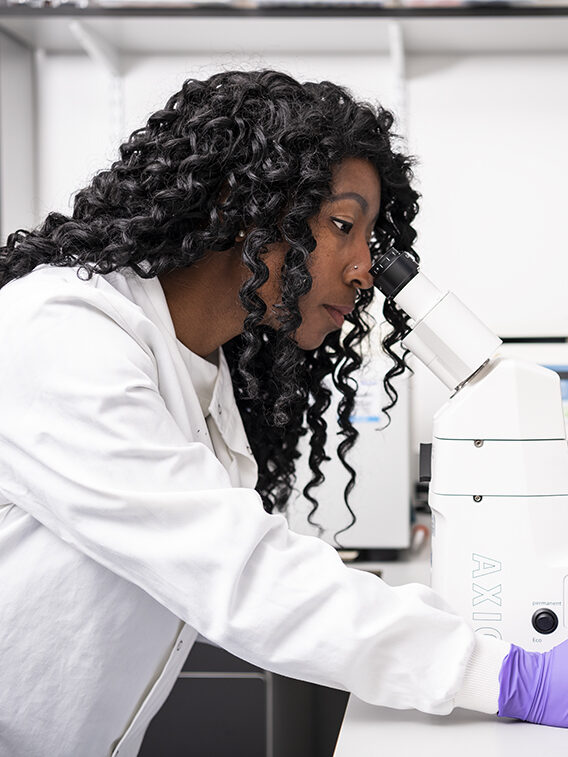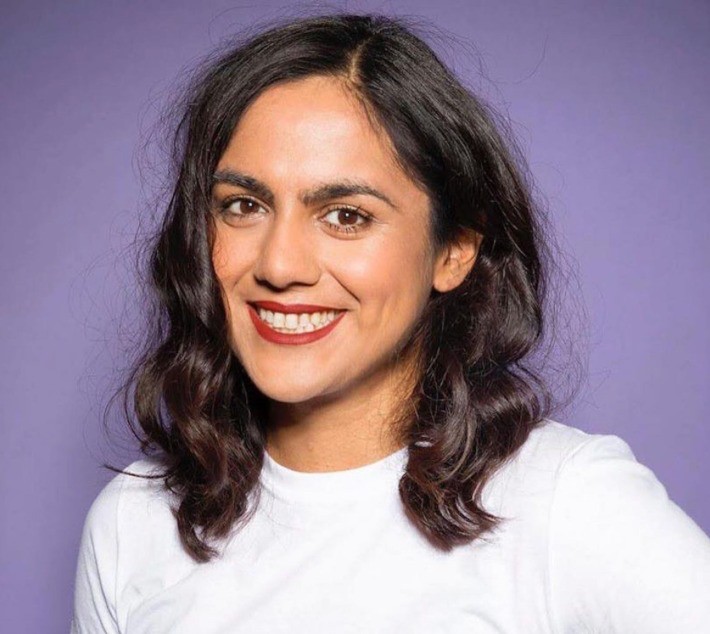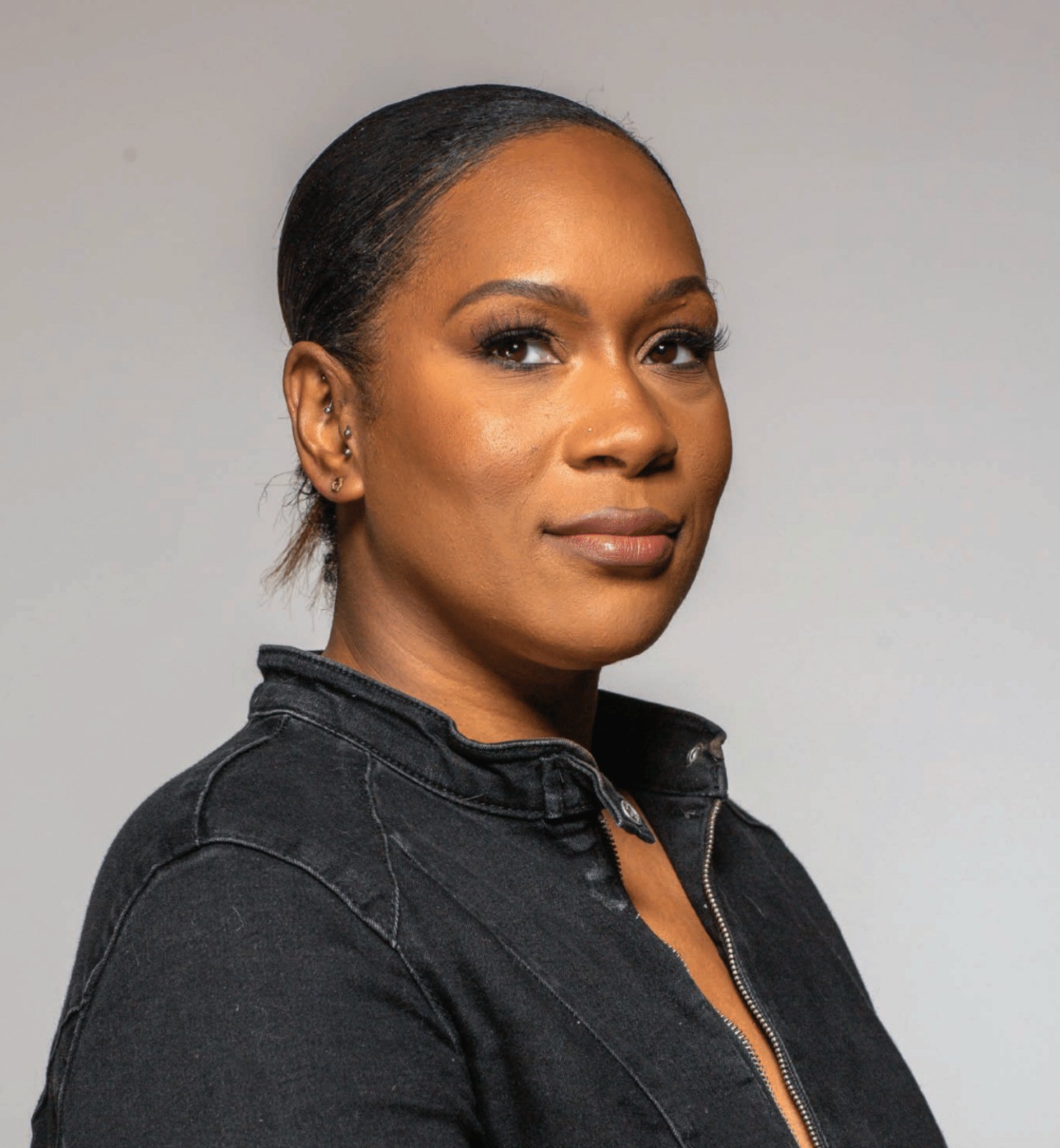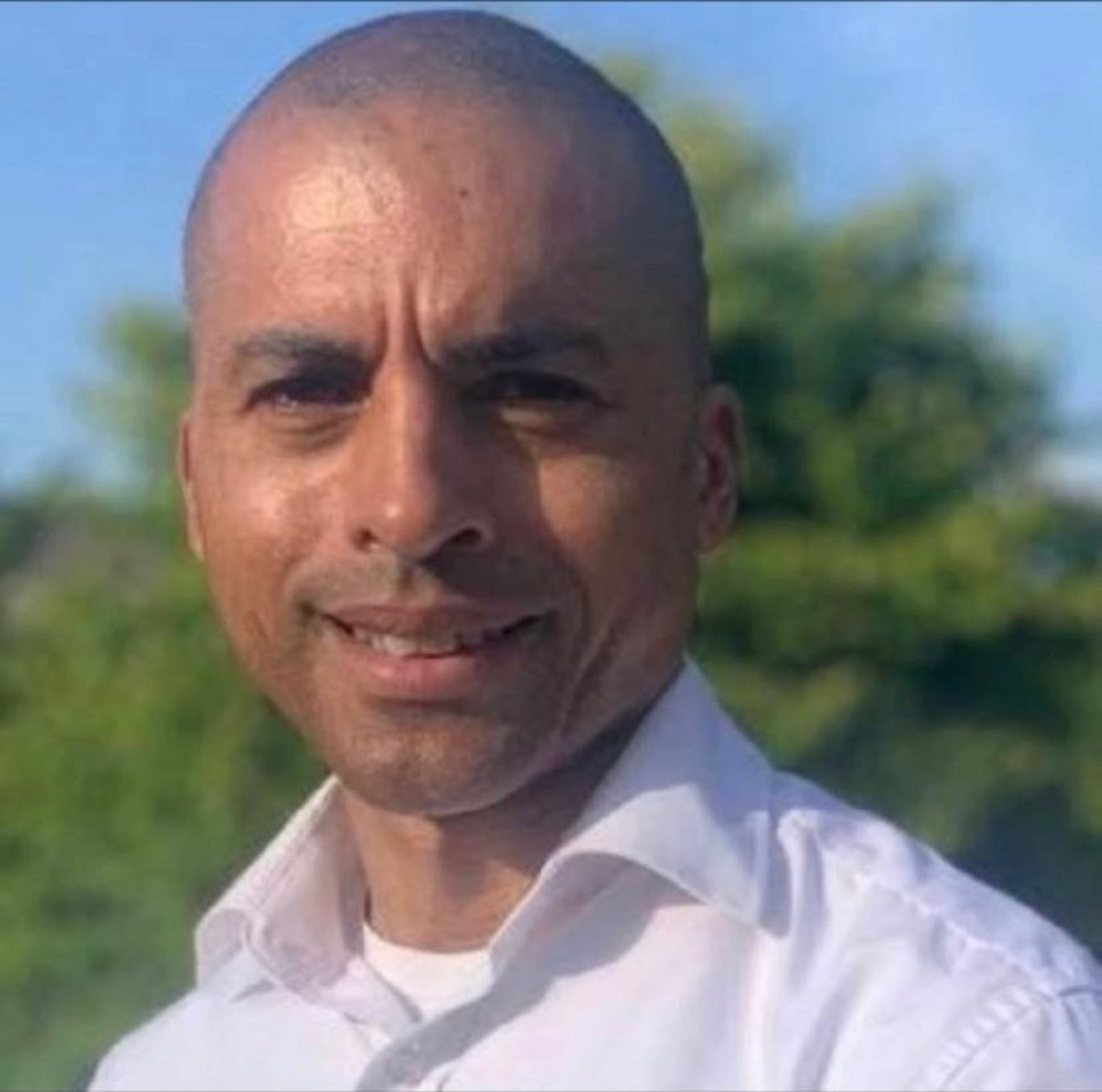Why we need inclusion in medical research
Have you ever been to Wembley Stadium with its crowd capacity of 90,000? Imagine you’re taking your seat at a sports venue as large as that alongside everyone in the UK who has been diagnosed with a brain tumour in an average year. You would almost fill the place at around 88,000 people.
If that crowd represented the make-up of the UK population, according to the 2021 census, then 71,896 people (81.7%) would be white in ethnic origin and 16,104 (18.3%) from Black, Asian or traditionally marginalised ethnic communities.
Or would they? There is evidence to indicate that some types of brain tumours are less common in the latter populations, but that mortality rates are higher. However, we can’t yet state that definitively because those communities are under-represented in medical research data. This article explores some of the reasons why and suggests ways we can improve health equity.
A vicious circle
One of those reasons is that as a result of historic instances of being involved in clinical trials without their consent (see below) people from some ethnic groups may – understandably – be sceptical about participating in medical research.
Another is that cultural norms exist and there are structural barriers to participation in clinical trials, such as language differences or digital exclusion (meaning individuals don’t know a trial exists). Then there’s unconscious bias such as advertising in and recruiting participants for research projects from the local geographical area – perhaps because that’s convenient.
All this can lead to a vicious circle where traditionally marginalised ethnic groups are excluded from participation in research and are, therefore, underrepresented in the resulting data. Clinicians are then less able to make accurate deductions about the most effective treatments for their particular genetic make-up and if typical protocols then prove ineffective, this can lead to further distrust in medical institutions.
The good news is that many organisations involved in healthcare recognise this and are taking steps to address it.
There is no ‘hard to reach’ community when it comes to addressing potentially fatal health conditions.
Dr Habib Naqvi, Chief Executive of the NHS Race and Health Observatory
Historical discrimination in medical research
Traditionally marginalised communities (and other groups) have been subjected to unethical medical experiments on several occasions. One of the most well known dates back to 1951 in the US when Henrietta Lacks’ cervical cancer cells were taken, stored, replicated and tested without her consent – a case made famous by a film involving Oprah Winfrey.
Known as HeLa cells, they have since been used in several scientific breakthroughs including the polio vaccine and DNA gene mapping – helping us all and making healthy profits for pharmaceutical companies in the process. But Henrietta’s family was not aware of this and a long legal battle began. They sued for “unjust enrichment” and have recently won compensation.
That wasn’t an isolated case. In the UK, unethical research was carried out when breads laced with radioactive tracers were given to 21 women in Coventry in the 1960s. They did not know they were taking part in a medical experiment.
A TV documentary about the issue was broadcast in 1995 and now local MP Taiwo Owatemi (Labour, Coventry North West) is trying to trace the participants. She’s calling for an investigation into why recommendations made by the original inquiry into the incident weren’t followed up.
The Medical Research Council has apologised unreservedly saying: “It is now clear we did not fully address community concerns regarding the participating women and their families following the conclusion of the independent inquiry in 1998.”
More recently, questions are being asked about whether some standard tests developed years ago are skewed towards those with white complexions. For instance, the assessment of newborn babies’ health (the Appearance, Pulse, Grimace, Activity and Respiration or APGAR test) to determine whether they have conditions like jaundice, cyanosis or hypoxia is under review, according to The Guardian.
The checklist was developed in 1952 based on the appearance of white babies and is now being criticised for giving misleading scores for babies from other ethnicities. This is significant because mortality rates are higher among Black and Asian babies and mothers. The NHS Race and Health Observatory has published a 237-page review of neonatal assessment in July 2023.
Healthcare disparities
Today, the picture remains far from perfect.
- Scientists studying the impact of the COVID-19 pandemic found that mortality rates were higher among Black and South Asian patients who had contracted the disease. Pre-pandemic, their life expectancy had exceeded that of white populations. This brought to light the fact that health disparities are increasing in some populations because of a complex combination of social, economic and geographic factors.
- NHS England now recognises that the regions of the country with the highest burden of disease also have the lowest number of patients taking part in research.
- According to The Kings Fund, some conditions such as diabetes and hypertension disproportionately affect traditionally marginalised ethnic groups but are not studied as comprehensively in these communities as diseases affecting predominantly white populations. This has perpetuated unequal access to quality healthcare.
- Meanwhile, research by Cancer Research UK and NHS Digital found that men and women from Caribbean, Asian and African backgrounds were more likely to be diagnosed with some types of cancer at a later stage than white British people – by which time, treatment is less likely to be successful.
Saluting our sisters
But positive steps are being taken towards inclusion in medical research. A collaboration between health trusts, pharma and Macmillan Cancer Support aims to improve health equity for people with breast cancer from traditionally marginalised ethnic groups by increasing their representation in clinical trials for the disease.
In addition, some individuals have taken matters into their own hands to draw attention to these issues. For instance, the late Saima Thompson, from Brockley in London, was first diagnosed with stage four lung cancer in 2018, when she was only 29. Before she sadly lost her life to the disease in 2020, her blog Curry and Cancer and a podcast for the BBC Asian Network helped break what she felt was a taboo subject in the South Asian Community.
Cancer diagnoses amongst the BAME community often come later than in other communities, leading to poorer outcomes.
Saima Thompson
In another example, after struggling with her own cancer diagnosis at the age of just 30, Leanne Pero, MBE received lottery funding to set up Black Women Rising to create greater awareness of cancer amongst young Black women.



Leanne explained: “When I turned around and I said, ‘I’ve got cancer,’ she said, ‘I’m sorry, but you are far too young to be here.’ And I was one of only two black women in a room of about 20 ladies.”
Then there’s Sigourney Bonner, a brain tumour researcher, who aims to boost the number of fellow Black researchers focused on finding cancer cures and treatments.
Another hero is Errol who set up The Errol McKellar Foundation after his own diagnosis because there’s a greater incidence of prostate cancer in Black men with one in four being affected, compared to one in eight white and one in 12 Asian men.
Under-representation in medical research
When communities are under-represented in clinical trials it has significant implications, including gaps in our understanding of how health interventions affect different communities and the provision of inaccurate prognoses. It can lead to experiences like Spike Elliott’s.
As the BBC reported, Spike developed a secondary brain tumour after being diagnosed with stage four lung cancer in 2018 when he was 48. He was given a prognosis of six to 12 months. But that life expectancy, and his subsequent proposed treatment, was based on data typical for white communities – not someone of Spike’s Jamaican heritage.
Spike, from Cardiff in Wales, helped write this feature and told us:
“My ethnicity was a key factor in my treatment. I was fortunate that my consultant was alert to this, suggesting an alternative course of action.
I was due to have a craniotomy three days after my diagnosis, with all the risks of brain damage that entails. But my Consultant Oncologist put a stop to it the day before and instead requested a genetic test which returned positive and meant I was prescribed medication – a tablet called Alectinib. Within days I felt different as though I had stopped the eroding. Now I’m clear of cancer. My tumour has shrunk and remained so for two years.”

Since his case, the NHS Trust in Wales where he received treatment has streamlined their procedures and made improvements. The Welsh Government has set up a race disparity evidence unit to capture more data on ethnicity and make it available.
But Spike believes there’s a wider problem of feeling ‘othered’ and unrepresented in literature around serious illnesses. This is something Sigourney Bonner also found; Black people were not seeing themselves featured in leaflets about symptoms.
We interviewed Sigourney last year after she co-founded the non-profit Black in Cancer to boost awareness of the disease, and she said: “There are also lots of myths about cancer that we want to dispel in Black communities, which is why we hold events where people can ask us any questions they have about cancer, its treatments and the research that’s being done.
“After one of those events someone said to me: “I just didn’t think that Black people could get cancer because I’ve never seen us in any of the adverts – I didn’t think it was something that affected us!” That’s the power of representation and a great example of why there’s still work to be done to make sure these awareness campaigns work for everyone.”
Next steps towards inclusion in medical research
This article in the British Medical Journal illustrates a growing recognition of the need for culturally competent research practices: “Racism is currently present throughout UK health research, including commissioning and implementation ….. assessment, and dissemination, and we propose actions to produce systemic change. We use an equity approach that moves beyond creating an “equal, level playing field” and instead treats the unequal unequally.”
So, what can organisations like The Brain Tumour Charity do to make participation in research more inclusive? We play a significant role in raising awareness of brain tumours and, as a funder of clinical trials, it’s important that we’re doing all that we can to ensure equitable care and treatment for everyone in our community.
That could mean having inclusion criteria around what we fund so that researchers can increase the proportion of traditionally marginalised group in their studies. We could encourage people from a diverse range of ethnic backgrounds to donate tissue samples. This would ensure that differences in tumour development can be examined at a genetic level, and different treatments evaluated for their effectiveness in different ethnic groups.
To do that, we would need to make people aware of, and comfortable with, the idea of tissue and organ donation. Does the information we currently provide explain clearly and concisely what that involves? How can we also make more people aware of and as comfortable as possible with inclusion in medical research?
We’re determined to do what we can to collaborate with healthcare institutions, patient groups and communities as part of our mission to strive towards doubling survival and halving the harm caused by brain tumours – for everyone, regardless of their background.
